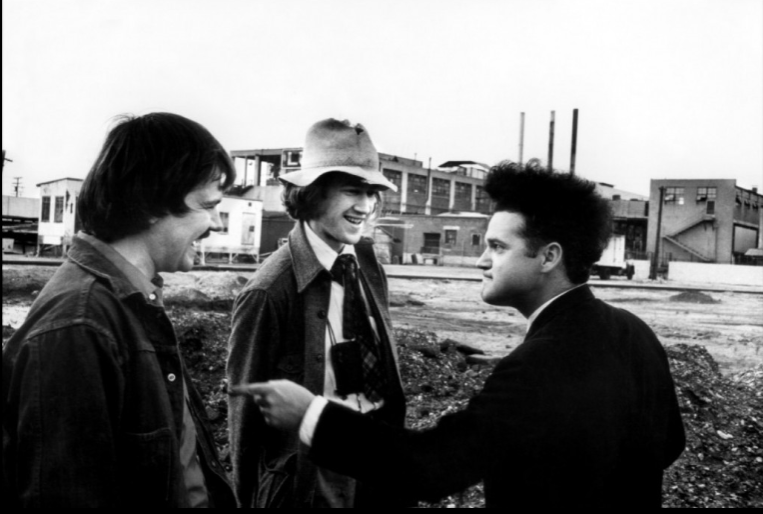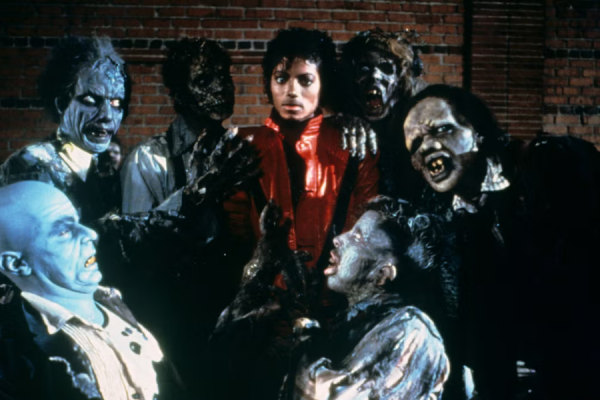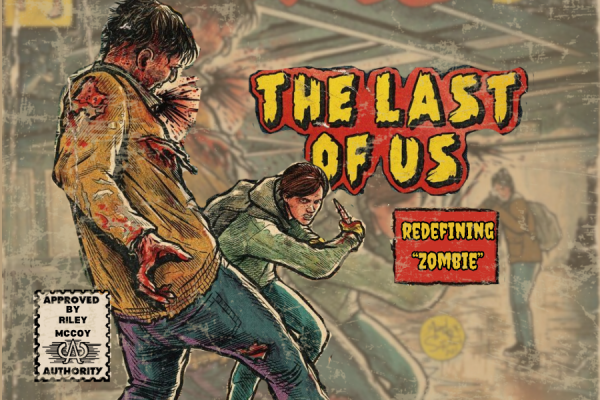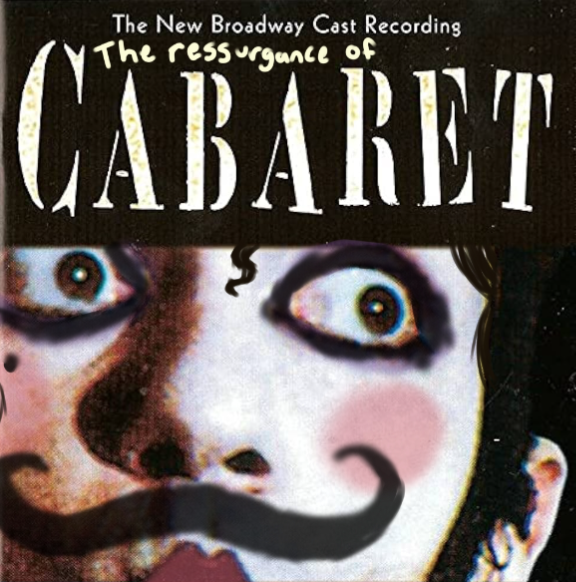The Beauty Of Eraserhead
“The Beauty Of” explores media that is well-loved, but not universally known.
This article contains some mild sexual content and slightly violent imagery.
I’d like to open with the very words I said to Mr. Nowicki right after finishing this movie: “This is one of the most upsetting things I’ve ever seen and I highly recommend it”. Eraserhead(1977) may be extremely strange and deeply concerning, but it also has an actual metric ton of symbolism and is generally just extremely well-made. I know I usually do things that really aren’t fantastic objectively, but this is genuinely well thought out and executed, and extremely well-loved in the indie community. All in all, I really felt like this movie broke into my house and force fed me raw oats while playing a snuff film starring my grandmother. Which was the effect it was going for, luckily.
David Lynch, the director, intended to make this reminiscent of a nightmare. This left it open to many different interpretations, as one can interpret a nightmare in many different ways. That being said, I am going to go over the two major interpretations, both of which somewhat intersect with each other. These two will be the literal interpretation and the stress-dream interpretation. But first, a brief plot synopsis may be necessary.
Eraserhead begins with an extremely strange and upsetting representation of sex which is technically entirely Safe For Work. Semi-transparent footage of the main character, Henry Spencer, is shown over separate footage of a small rocky planet. This represents his brain. A little man who lives in a building on the planet controls a lot of levers and stuff that apparently control Henry’s actions. Henry spits out a disgusting worm thing that looks like a sperm and it lands in an ominous pool surrounded by rocks. Then, the movie actually begins. Henry is seen wandering around a strangely barren neighborhood and then eventually enters a building and ascends to his room via an elevator. As he opens the door to his apartment, a woman leans out her own door from across the hall and tells him that someone named “Mary” called him and invited him to dinner. He thanks her, goes inside, and looks at a ripped-up picture of who we can assume is Mary. He goes to the home where she lives with her parents and grandmother, where they have an extremely awkward dinner where Mary’s mother tells Henry that Mary is pregnant with his child. The two get married and pick up the baby from the hospital. The child is deformed and looks like a strange cow creature, and cries constantly. Mary intends to stay at Henry’s apartment, but ends up leaving half-way through the first night and never comes back because she just can’t handle the crying. Henry tries to take care of the baby, it gets sick, he dreams, he contemplates suicide, he sleeps with the woman across the hall, he hallucinates, he accidentally cuts up the baby and then it screams, grows, and eats him. The end.
I didn’t really go into much detail for the last half of the movie, because I’m going to have to explain it in far more detail when I interpret it anyways. First though, I’d like to take a moment to talk about the sound design because it is amazing. There is howling wind and this constant low, industrial humming throughout basically the entire movie, but it gets louder or quieter based on the intensity of the scene. This said, you would think that the sound is outside the universe of the movie, or non-diegetic. However, the characters on screen adjust their own volume to talk above the sound as it becomes louder, which implies it is not. You’re never quite aware of it until this happens, and it’s really nice. The sound of the baby’s screeching is upsetting at a deep level in its surrealism, as is the careful lack of certain other environmental sounds that one would expect. The music for the brief parts in which there is music sets the tone very well too.
Anyways, back to trying to explain what is happening. First, the semi-literal interpretation. I say semi- because some of it just. Cannot be literal. Logically. The man is just hallucinating. So, it’s entirely possible that this is set post-nuclear war. This is supported by the image of a mushroom cloud hung up on the wall of Henry’s apartment as well as the general environment. The main character and the few other characters I mentioned are the only ones we see the entire time, barring a few from hallucinations and one extremely minor one who only appears once. Even when Henry wanders around outside for hours, not a single living person or vehicle can be seen. It just appears completely empty. The deformity of the baby could be attributed to the effects of radiation, and the strange attitudes of the characters could be due to the trauma of war.
The slightly more interesting view(and probably slightly more accurate, though the above explanation can still be true within this one) of this is the stress-dream interpretation, as all of this can be seen as symbolic representations of other things. Henry spends a lot of the movie staring at the radiator in his apartment, which represents suicide or death. At one point he begins to hallucinate while looking at it and sees a woman on a stage dancing back and forth awkwardly. Worms(like the one from the opening) start to fall from above and she stomps on and squishes them. This woman is just a further representation of suicide and death, which is seen clearly when she later sings a song about how “in Heaven, everything is fine”. The worms in this scene, which also appear when Henry sleeps with the woman across the hall, represent exactly what you would expect. They are sperm, or more broadly sexual potency, and they are seen as grotesque and unwanted during the entirety of the film. As a fabrication of Henry’s psyche, this implies that he does not want to be able to have children. This becomes more obvious when you take into account the representation of the baby as an unpleasant and almost malicious creature. His inability to take care of any living thing is a prominent theme in the film, with the baby being a direct example and the unpotted plant that sits dead in a pile of dirt on his bedside table a more subtle example. In one of his various fever dreams, his head falls off and is replaced by the head of his screaming child. Then a young boy picks up the severed head of the protagonist and takes it to someone who makes it into erasers. This could mean that instead of trying to fix the mistakes he’s made by doing things in the present, he just wallows and wishes he could erase the past. It’s also worth noting that the woman across the hall, who represents Henry’s lust, is repulsed by the child. Henry believes that if he has a child, it will take over his life, ruin his chances with women, and metaphorically kill him.
Basically, this movie is a banger. It’s trippy to watch and fun to analyze, and the acting is also pretty enjoyable. I recommend it to anyone who can stomach gross and bloody imagery.
Your donation will support the student journalists of The Tower and John Adams High School. Your contribution will allow us to purchase equipment and cover our annual website hosting costs.

Mag Blanchard is a senior at John Adams High School, and is spending her year writing for The Tower for the first time. She has been wanting to get into...







